US Army successfully tests Dark Eagle hypersonic missile
- By Alex Hollings
Share This Article
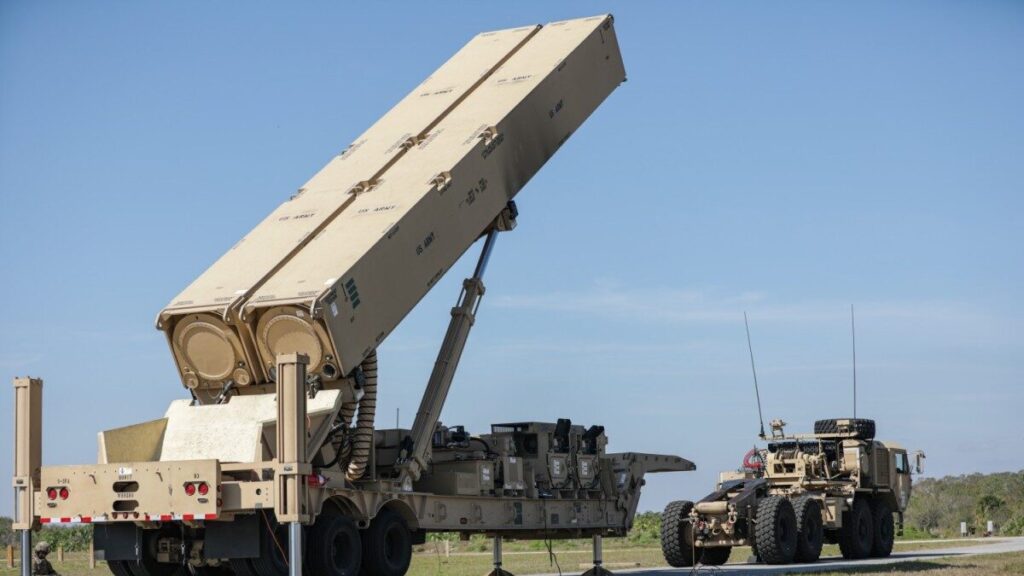
The U.S. Army recently completed a successful “end-to-end” flight test of its forthcoming surface-launched hypersonic missile known as the Long-Range Hypersonic Weapon, or more ominously, Dark Eagle. The weapon was launched from the Pacific Missile Range Facility in Kauai, HI, and flew in what’s commonly called an “all-up round” configuration, meaning the missile is already in a nearly operational trim.
Dark Eagle is a truck-launched missile system comprised of a two-stage rocket booster developed by Lockheed Martin and Northrop Grumman designed to carry the Navy-led Common Hypersonic Glide Body (C-HGB) to sufficient speed and altitude. Once aloft, the C-HGB separates from its booster and begins a high-speed glide down toward its target, sustaining speeds in excess of Mach 5 while maneuvering. This combination of speed and unpredictability makes intercepting such a weapon all but impossible with most current-state air defense systems.
The Congressional Research Service reports the Dark Eagle missile system has an operational range of 1,725 miles, a top speed well over Mach 5, and the ability to defeat the “anti-access/area denial capabilities” of adversaries — which is a direct reference to China’s Defensive strategy in the Pacific, predicated around long-range weapon systems China can use to keep American warships and aircraft carriers at bay, allowing the nation to claim full sovereignty over the entirety of the South China Sea and beyond.
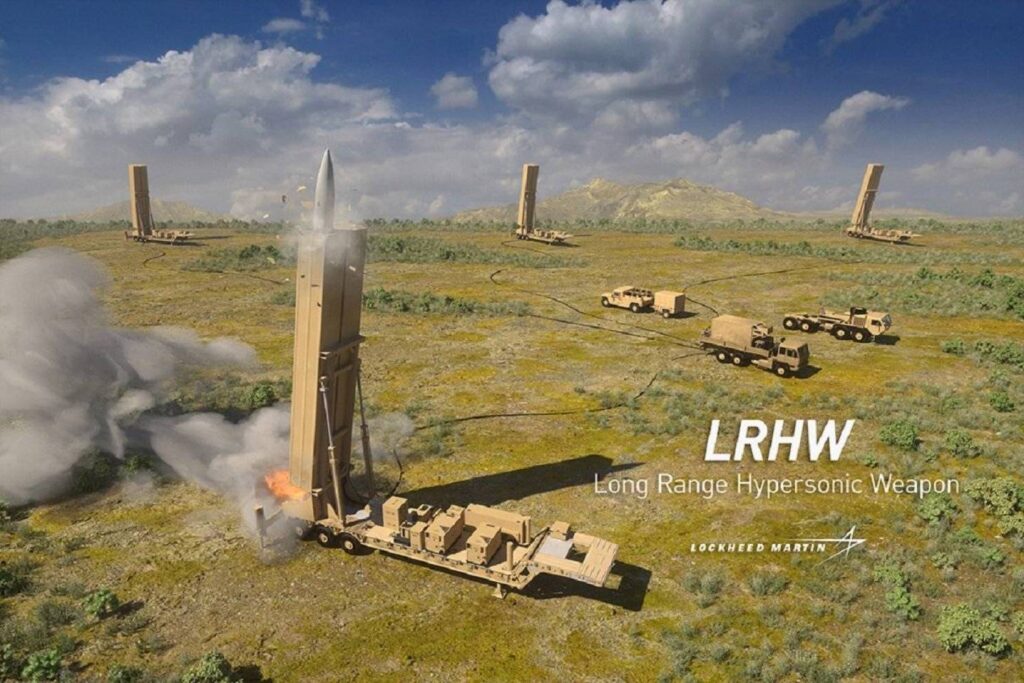
Interestingly, despite a reported range of 1,725 miles, the Army has acknowledged that the all-up-round test, which took place on June 28, saw the missile cover roughly 2,000 miles from its launch site in Hawaii to its impact point at a test range in the Marshall Islands.
The C-HGB also serves as the HGV basis for the Navy’s ship-launched Intermediate-Range Conventional Prompt Strike (IRCPS) weapon, which would operate similarly, but is intended for service aboard the Navy’s stealthy Zumwalt-class destroyers.
Hypersonic Glide Vehicles are one of two classes of modern hypersonic weapons, and the only type currently believed to be in service for any nation. China has a similar weapon in service in the DF-ZF, which is carried aloft via the DF-17 intermediate-range ballistic missile that’s meant for anti-ship duties, while Russia’s nuclear Avangard HGV is meant to be delivered via the nation’s newest intercontinental ballistic missile, the RS-28 Sarmat.
Related: New Cold War heats up: US to deploy missiles and hypersonic weapons to Germany
The other type of modern hypersonic weapon, hypersonic cruise missiles, fly under power using exotic propulsion systems like scramjets. While several such weapons are in development and Russia has even made claims about putting one into service, to date, evidence suggests no HCM’s have made their way into operational use.
Dark Eagle saw a series of challenges in early testing, including a number of booster failures and issues tied to the Lockheed Martin-sourced launcher — but notably, most of its issues seemed to be tied to supporting systems, rather than to the C-HGB itself. This echoes challenges faced by the U.S. Air Force’s testing of another hypersonic glide vehicle, the AGM-183A ARRW, which still has an uncertain future due to its prolonged testing woes.
Dark Eagle and its C-HGB, on the other hand, may now be cruising toward active service, as the Army has previously stated that the weapon system is ready to go into production, pending successful all-up-round flight testing. Army officials have claimed that the first truly production-quality weapon could be delivered within just six weeks of the missile proving itself in testing, with the first battery of eight missiles arriving within 11 months.
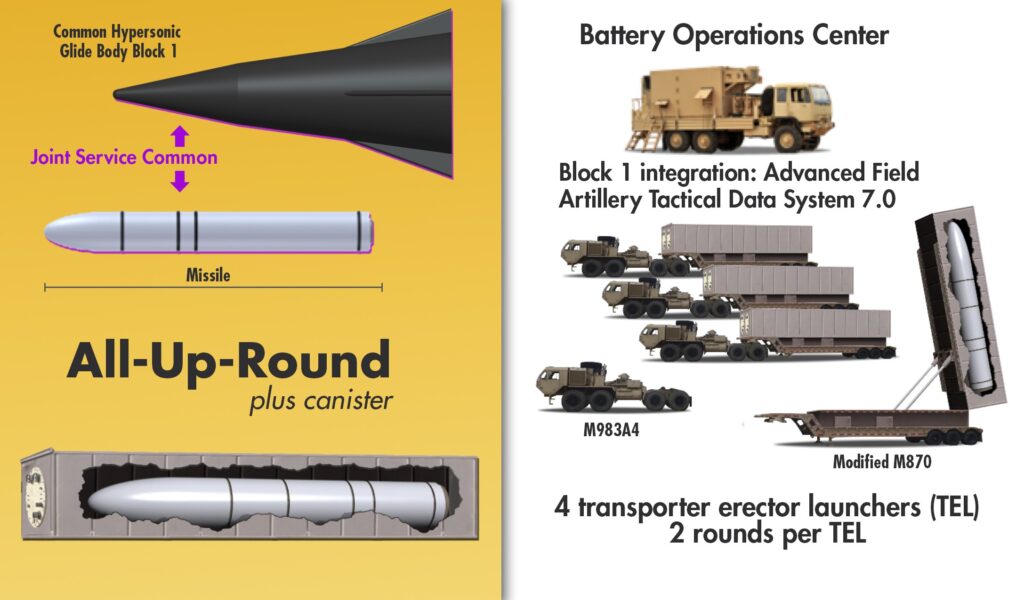
Once in service, each of the U.S. Army’s Dark Eagle batteries will consist of four Transporter Erector Launchers on modified M870A4 trailers, with two missiles housed in each launcher for a total of eight per battery. Two more vehicles — a Battery Operations Center (BOC) for command and control, and a BOC support vehicle — will handle the rest of the launch-related duties.
The 5th Battalion, 3rd Field Artillery Regiment at Joint Base Lewis-McChord, Washington is slated to stand up the first Dark Eagle battery once it reaches operational service, which the Army projects will be in 2025.
Read more from Sandboxx News
- These are the 7 roles required for the perfect team
- 4 US law enforcement agencies helping secure the Paris Olympics
- A brief history of futuristic advanced grenade launchers
- Everything you need to know about F-16s arriving in Ukraine
- ‘Land of Bad:’ JTAC and Delta Force-centered movie is worth a watch
Related Posts
Sandboxx News Merch
-

‘AirPower’ Classic Hoodie
$46.00 – $48.00 Select options This product has multiple variants. The options may be chosen on the product page -

‘Sandboxx News’ Trucker Cap
$27.00 Select options This product has multiple variants. The options may be chosen on the product page -

‘Sandboxx News’ Dad Hat
$27.00 Select options This product has multiple variants. The options may be chosen on the product page

Alex Hollings
Alex Hollings is a writer, dad, and Marine veteran.
Related to: Gear & Tech
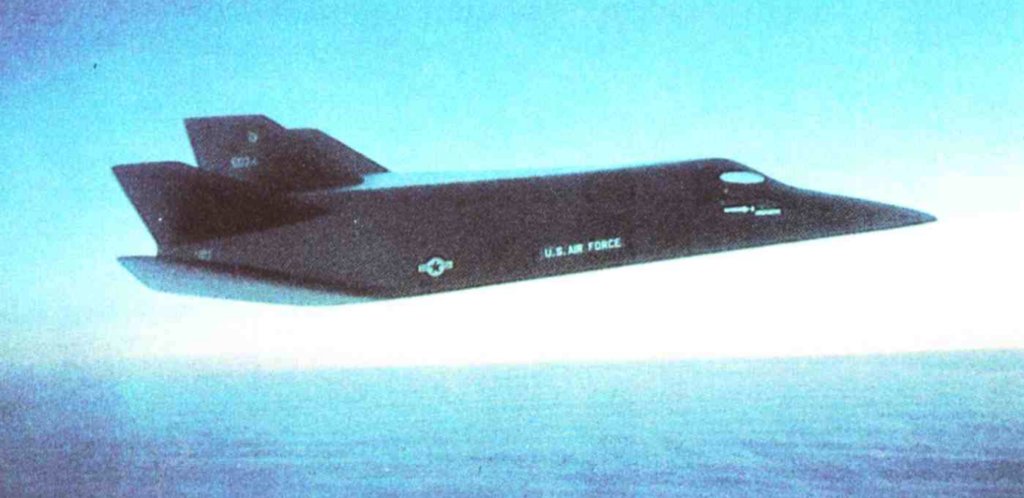
Game-changing military aircraft that were canceled before they could change the game
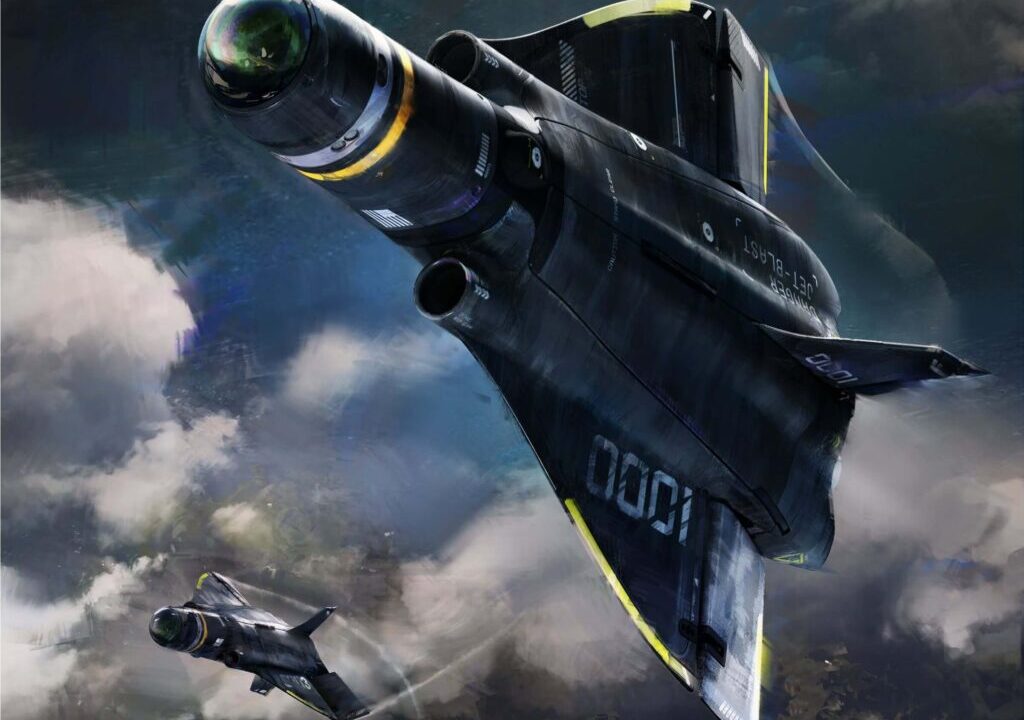
Anduril’s Roadrunner is a unique reusable missile interceptor
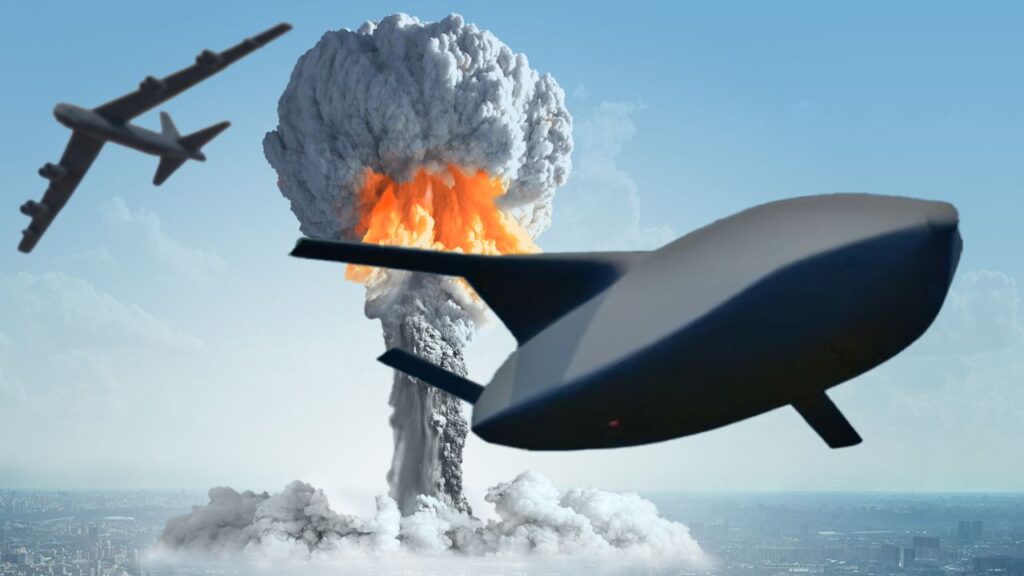
The AGM-181 LRSO missile will modernize America’s nuclear triad
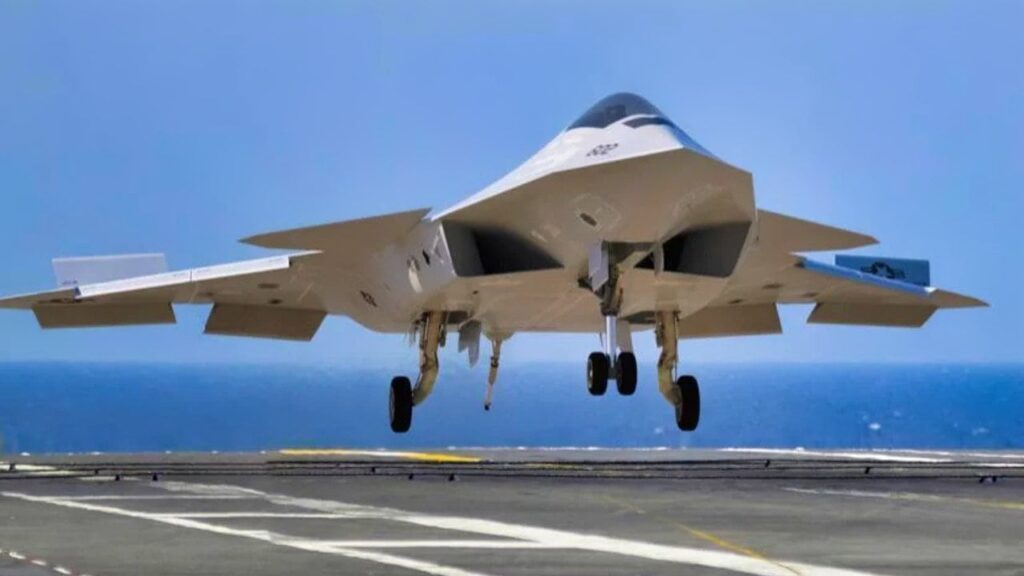
Navy will soon announce the contract award for its F/A-XX 6th-generation jet, according to reports
Sandboxx News
-

‘Sandboxx News’ Trucker Cap
$27.00 Select options This product has multiple variants. The options may be chosen on the product page -

‘AirPower’ Classic Hoodie
$46.00 – $48.00 Select options This product has multiple variants. The options may be chosen on the product page -

‘AirPower’ Golf Rope Hat
$31.00 Select options This product has multiple variants. The options may be chosen on the product page -

‘Sandboxx News’ Dad Hat
$27.00 Select options This product has multiple variants. The options may be chosen on the product page
